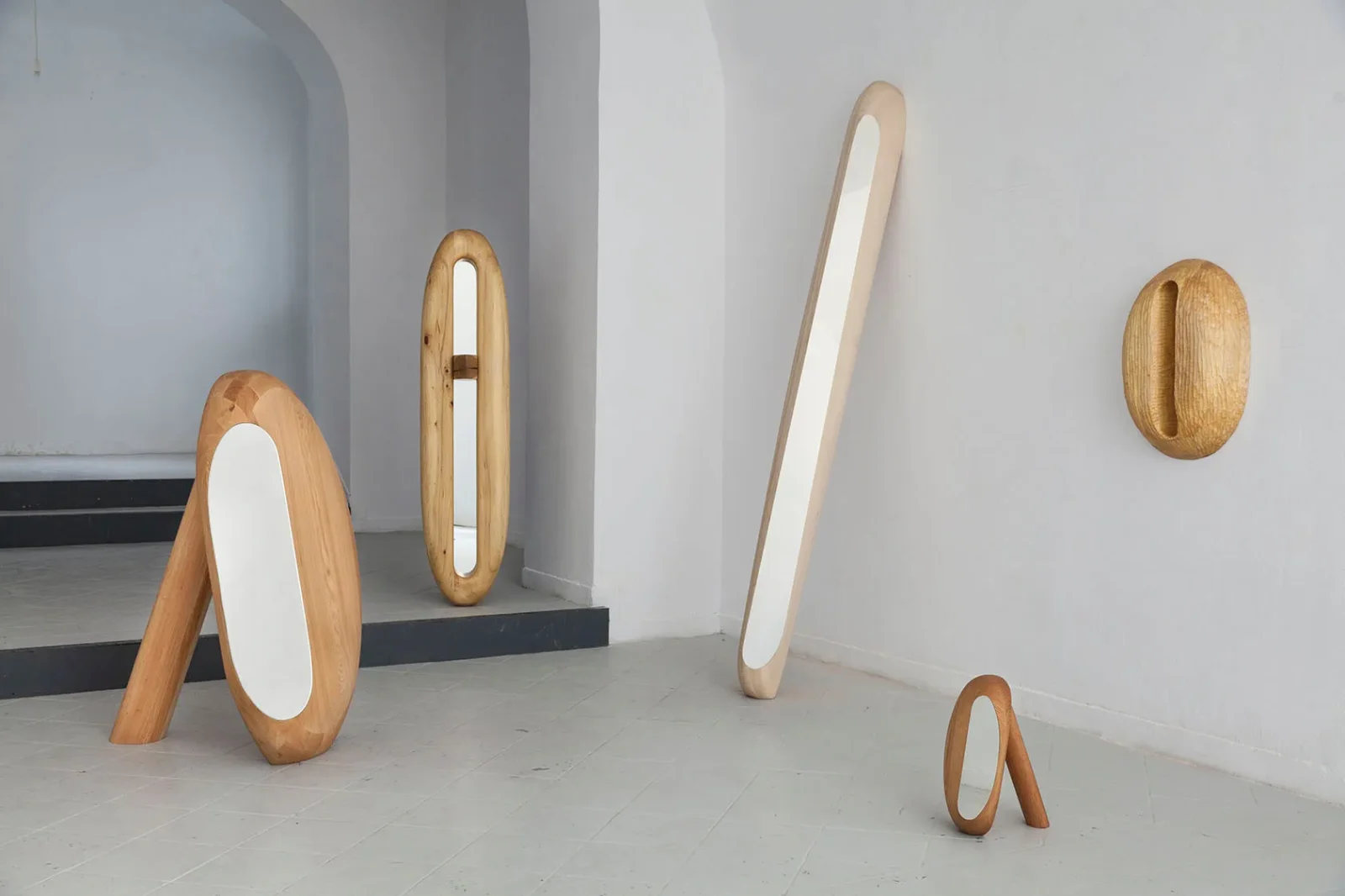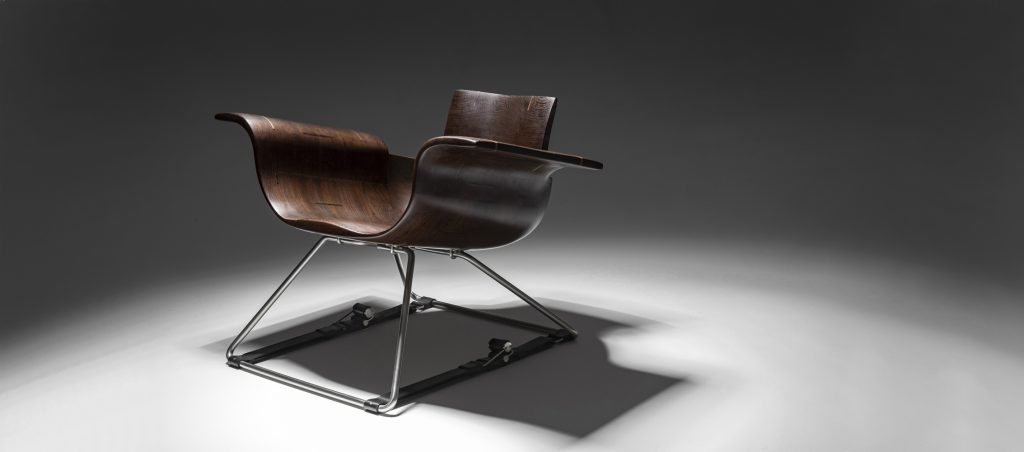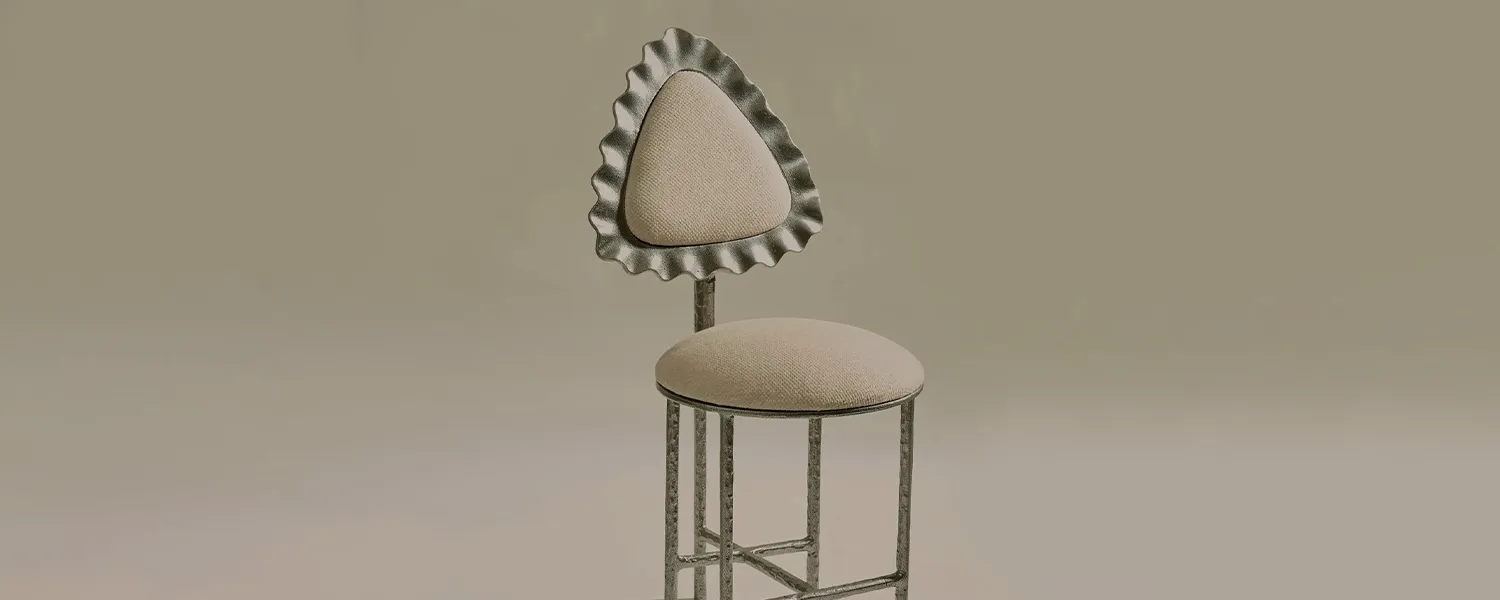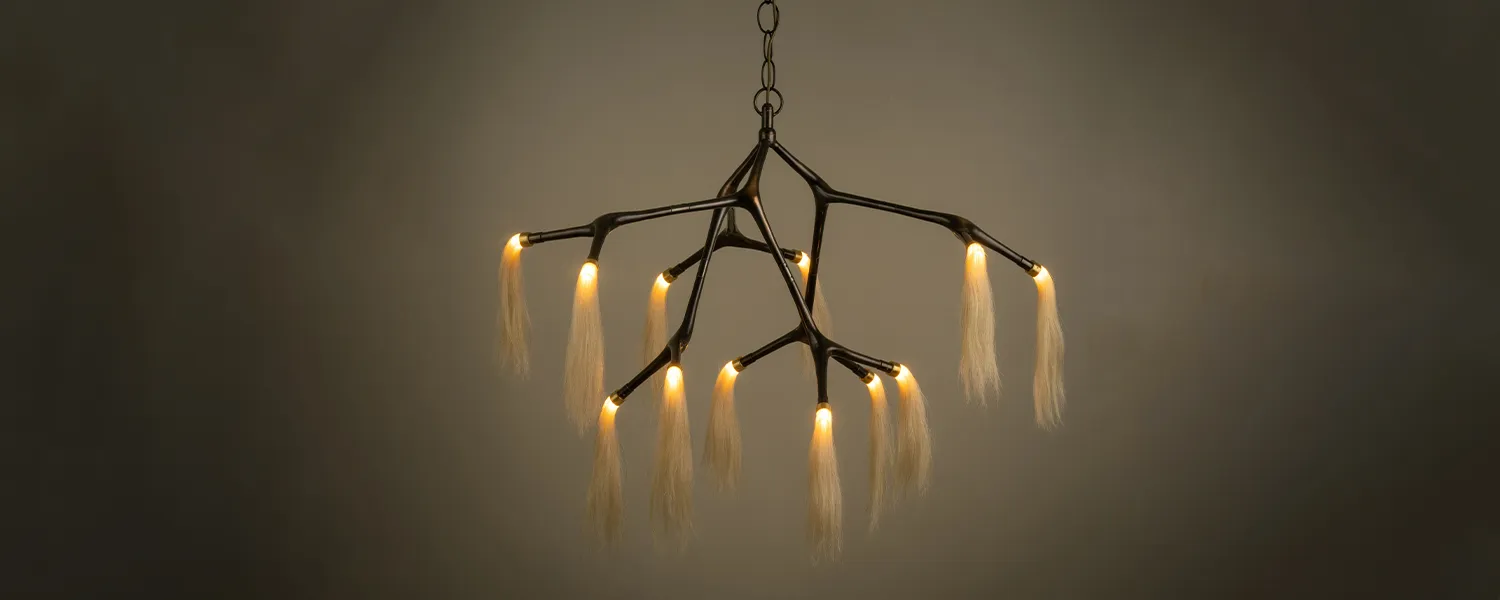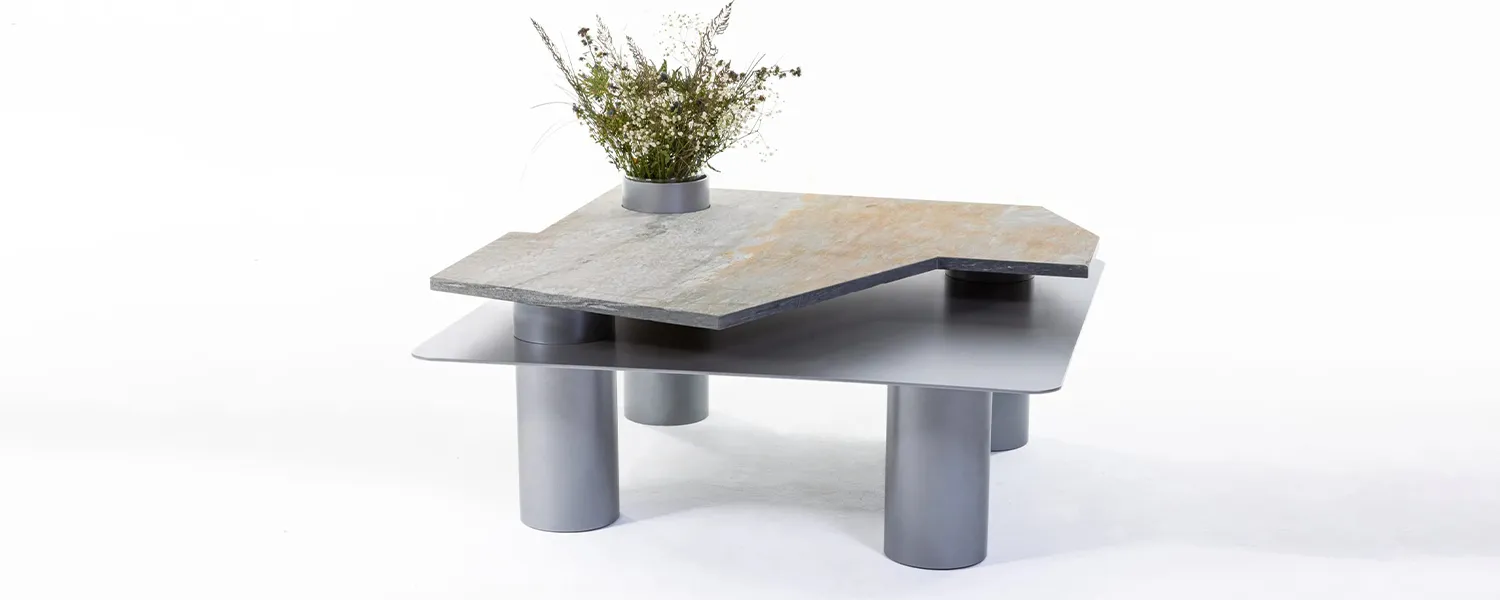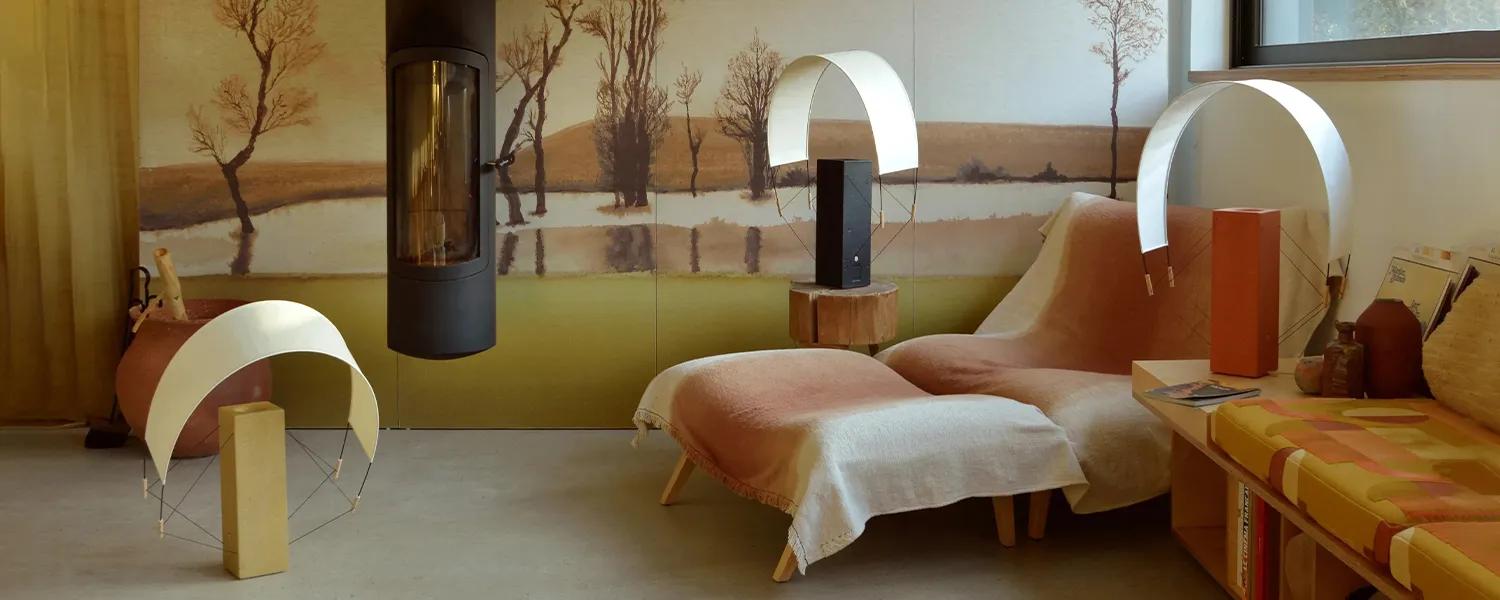
The New Wall Decor: How Designers Are Redefining Interior Art
What belongs on your wall? For the most part, the answer has been fine art: paintings, prints, photographs in frames. But more and more we are seeing designers answer the question differently. Creating wall decor from woven textiles that play with light and shadow, metal panels with hand-hammered patina, glass work layered for depth and color. These pieces claim territory once reserved for fine artists and bring different materials, different processes, and different ways of thinking about visual objects in your home and on your walls.
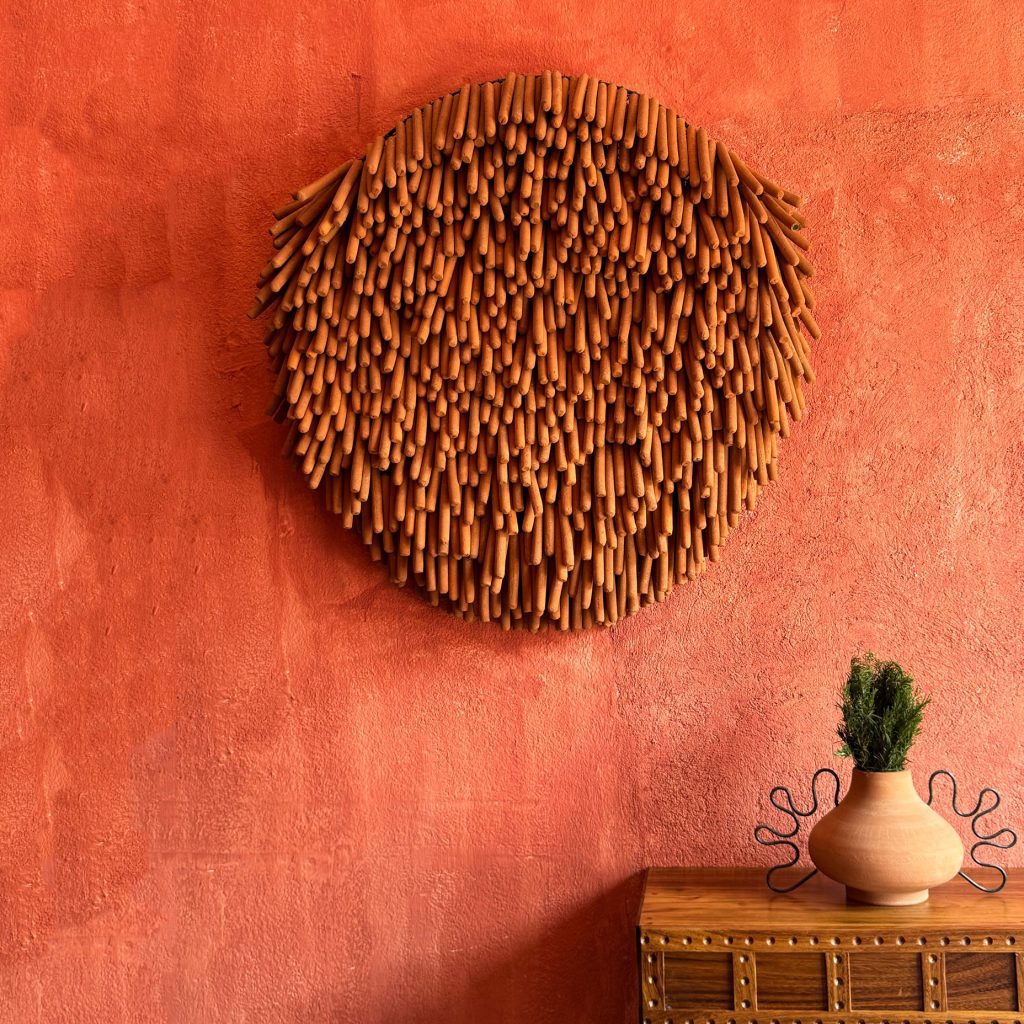

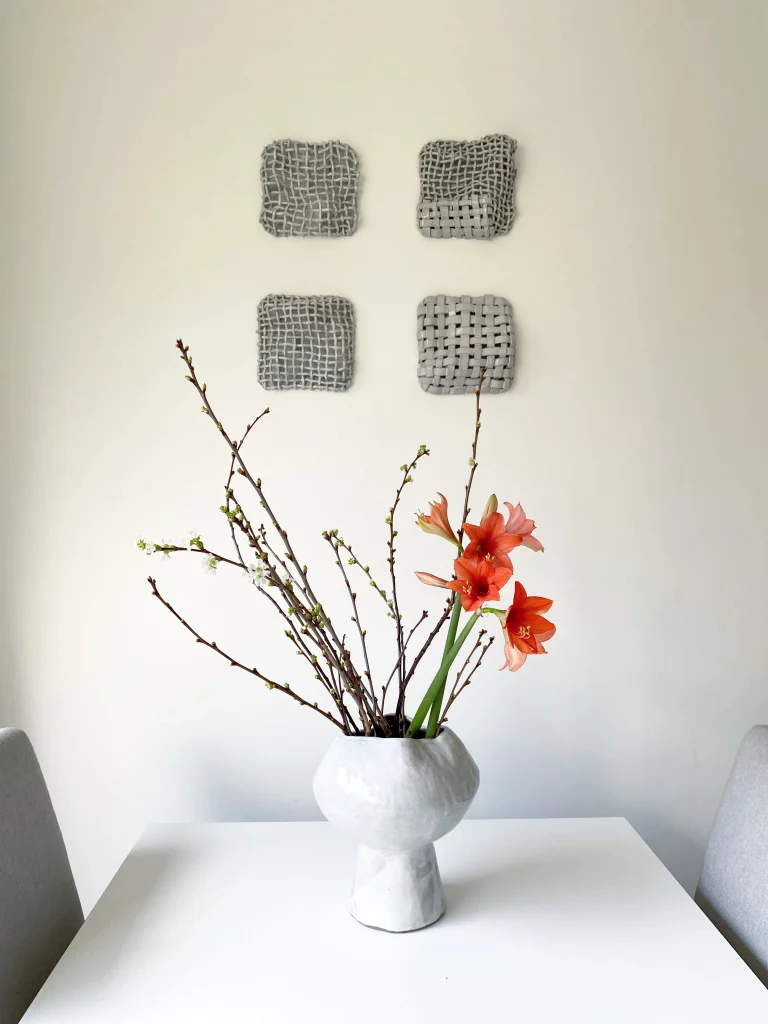

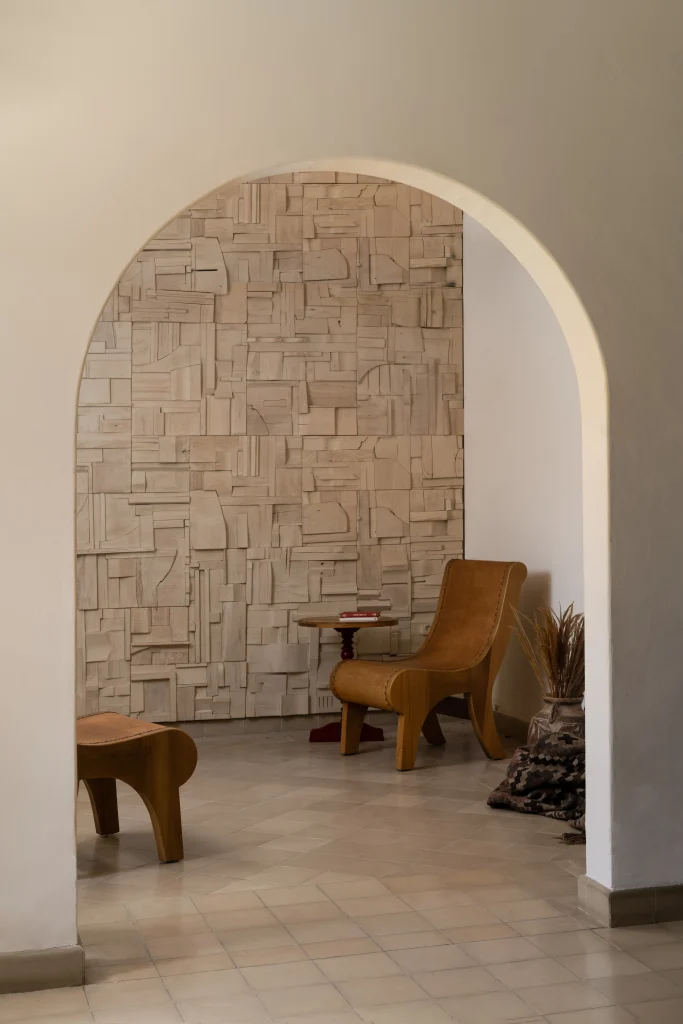

Material Knowledge as Creative Force
Designers understand materials through daily use, not necessarily just theory. While a painter masters pigment on canvas, designers work with wood grain, metal patina, textile weave, and composite behavior. They learn these materials by solving problems: how to join two pieces of walnut, how to age brass without corrosion, how to weave patterns that stay stable over time.
This knowledge becomes artistic vocabulary when you strip away function. A textile piece on your wall, woven with dimensional texture, still shows the designer’s understanding of tension and pattern, but the piece exists for looking, not using. The question becomes: when does design stop being design and start being art? At least in some cases, it just a matter of putting it on the wall?
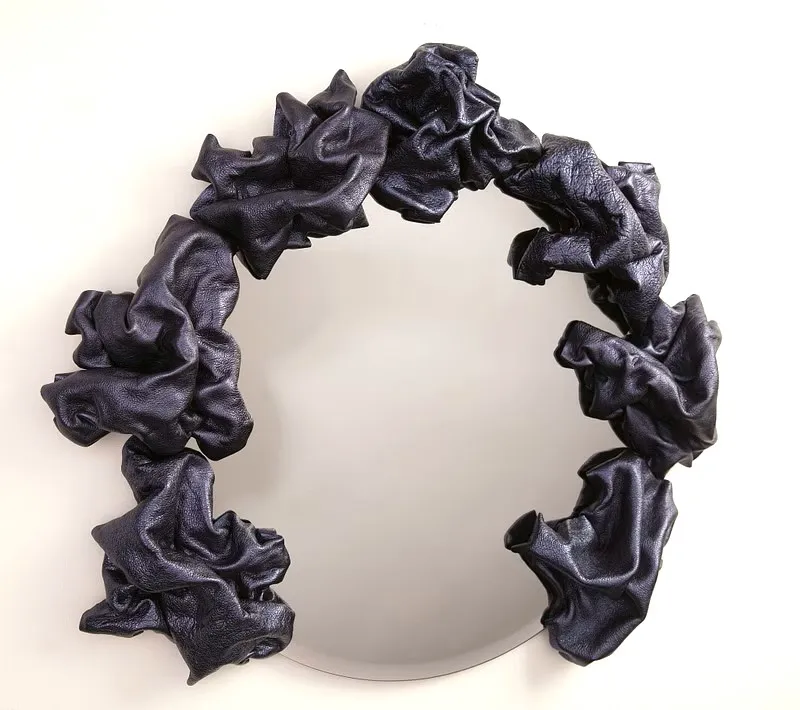

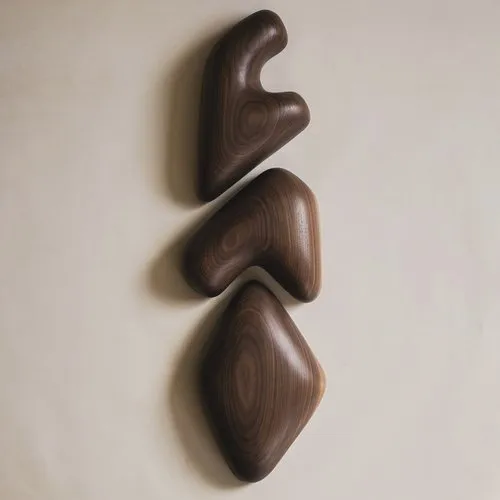

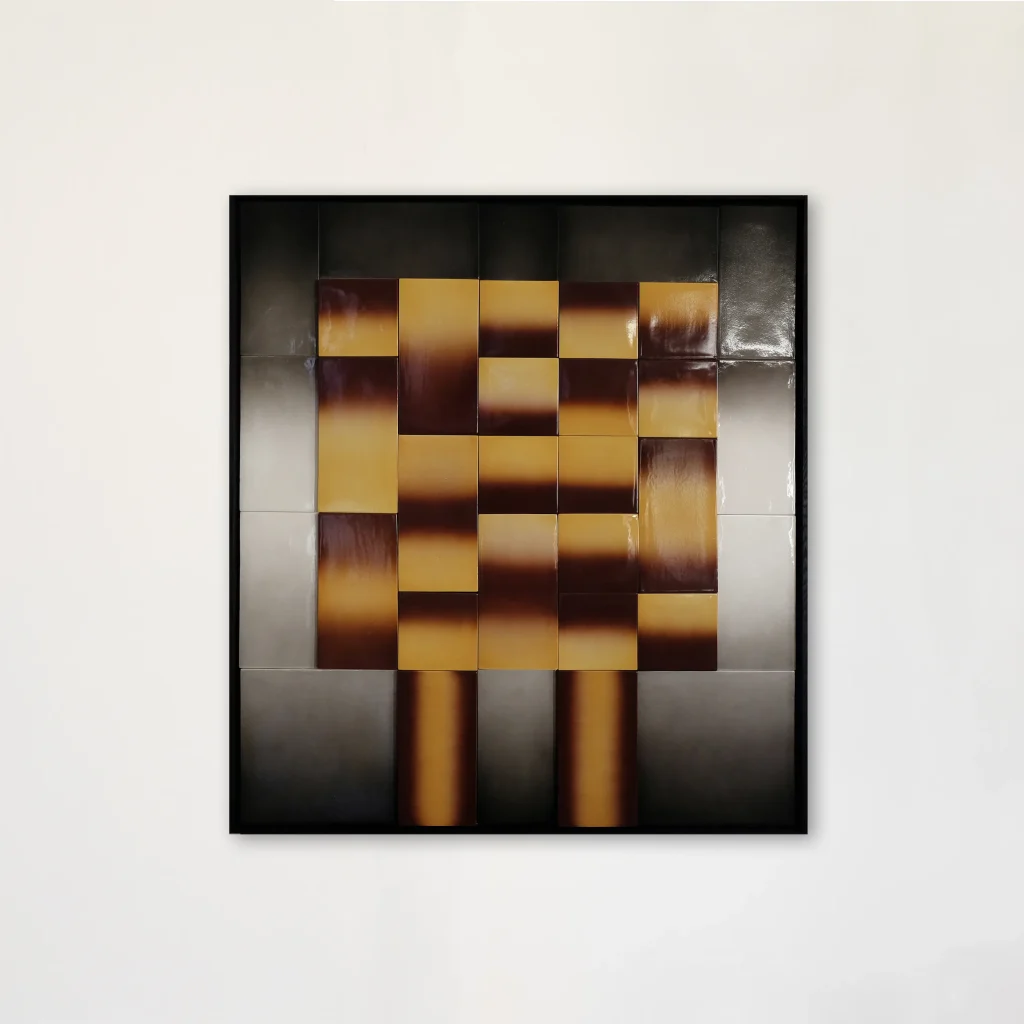

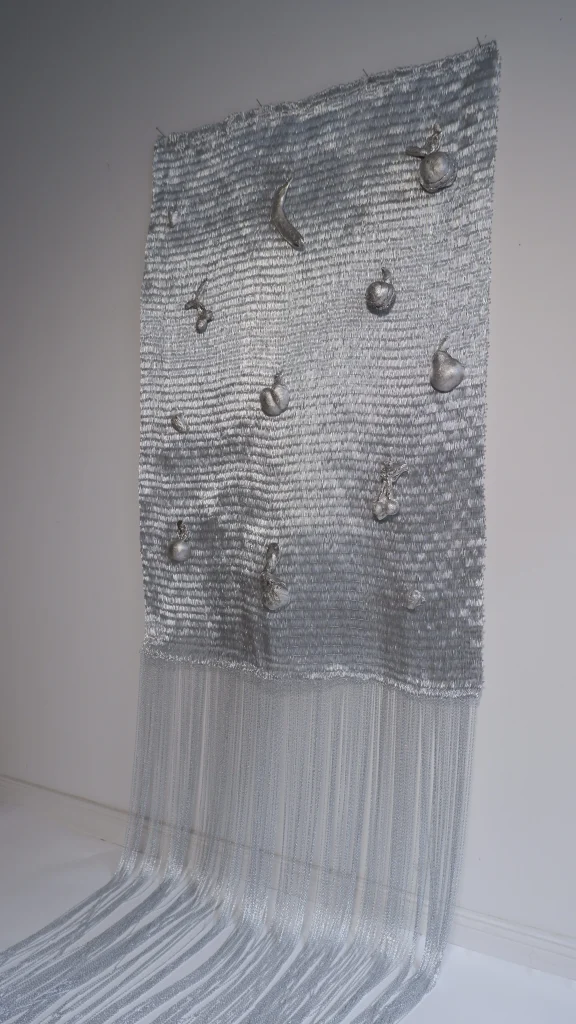

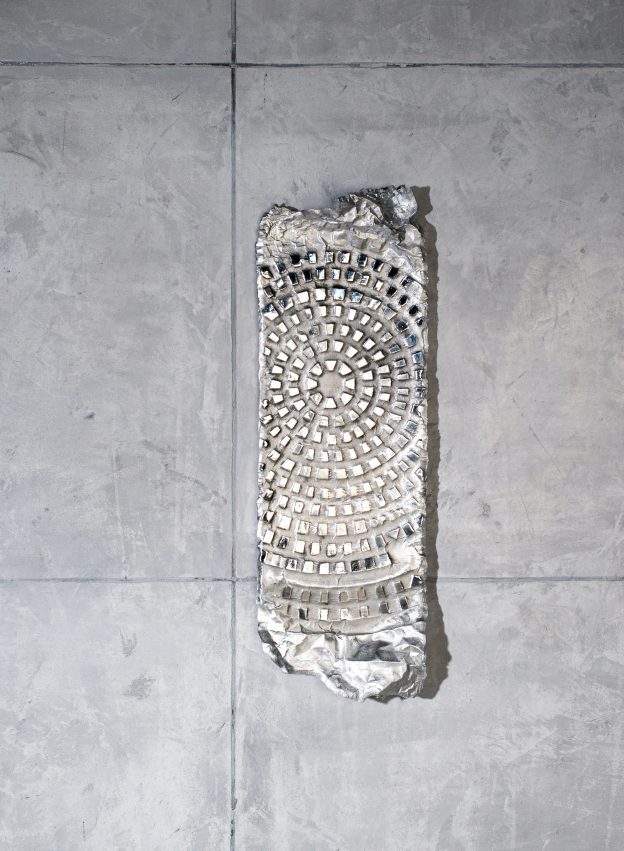

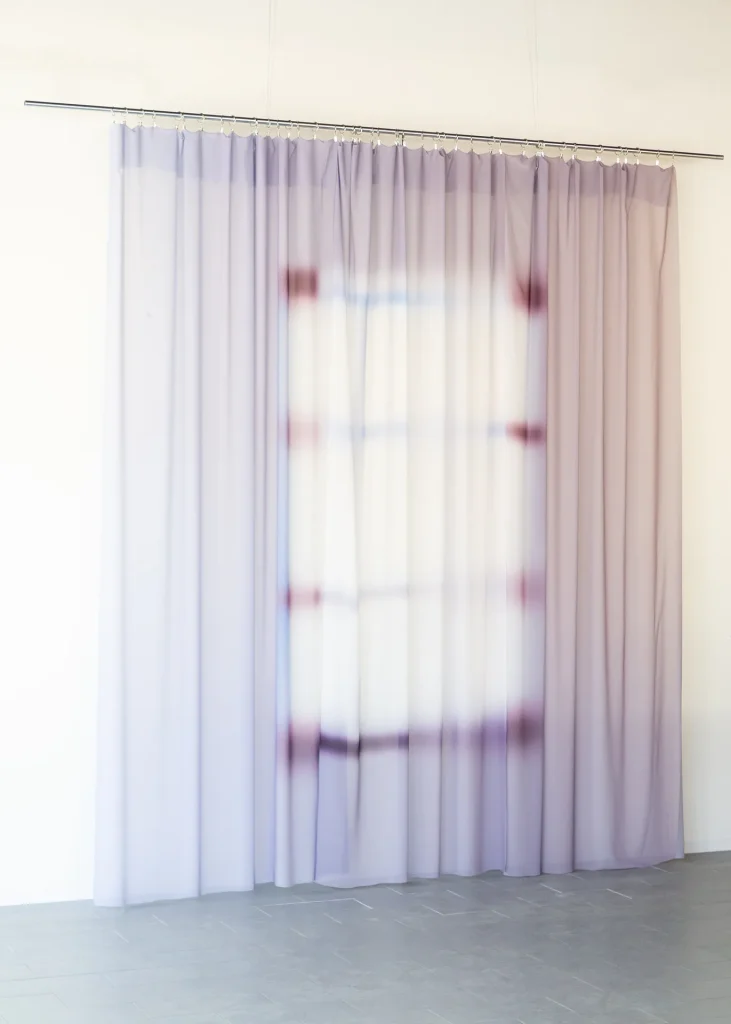

Beyond Traditional Wall Decor
This shift reveals something about the boundaries we draw between art and design. These boundaries are artificial. Designer-made wall pieces carry a specific sensibility: they value process over concept, material honesty over metaphor, making over meaning. The pieces retain functional DNA even when serving no practical purpose.
Take a metal wall panel that projects inches from the surface, casting shadows throughout the day. You see the designer’s attention to how depth and texture interact with light, their understanding of human scale in domestic spaces, their care with finishing techniques. Remove the utility and you get something that asks for sustained visual attention, the kind you give to fine art.
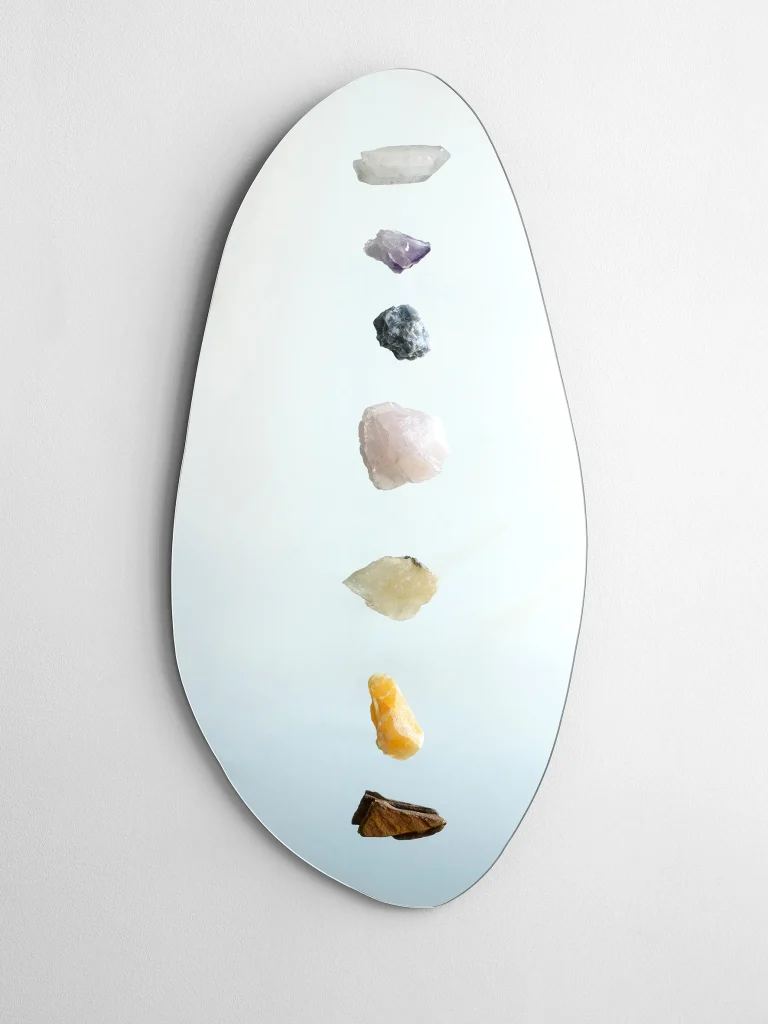

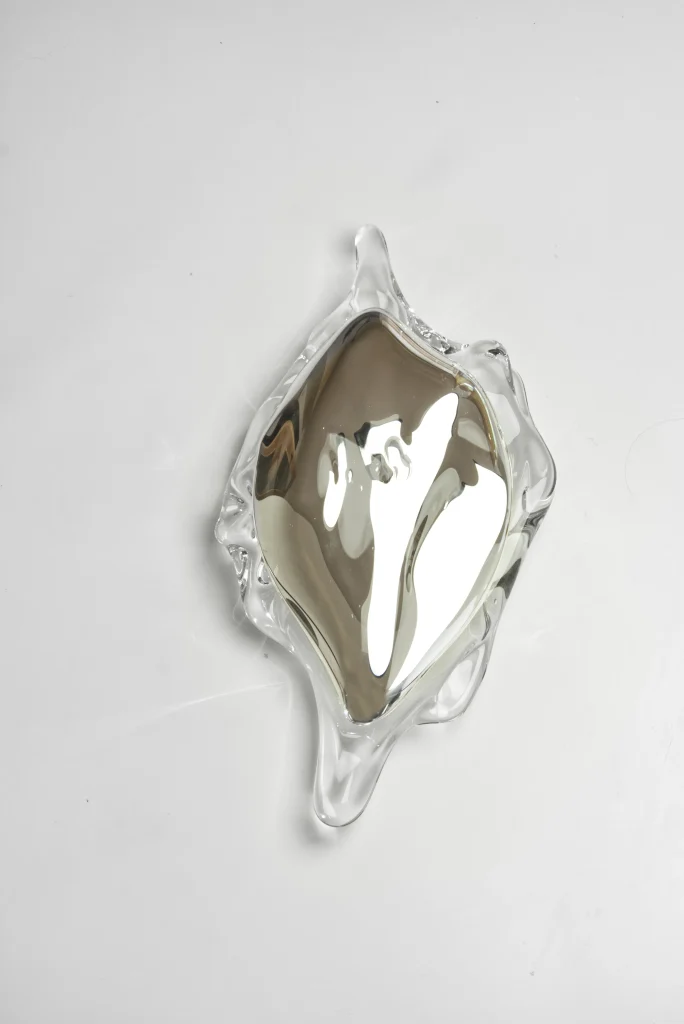

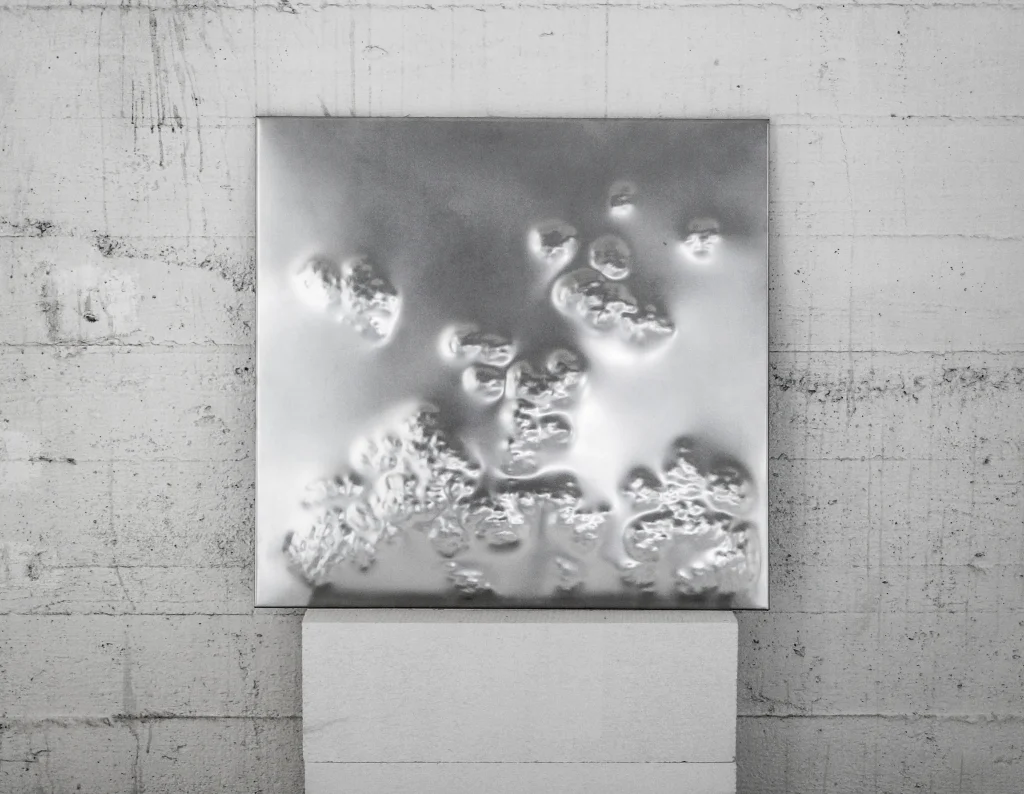

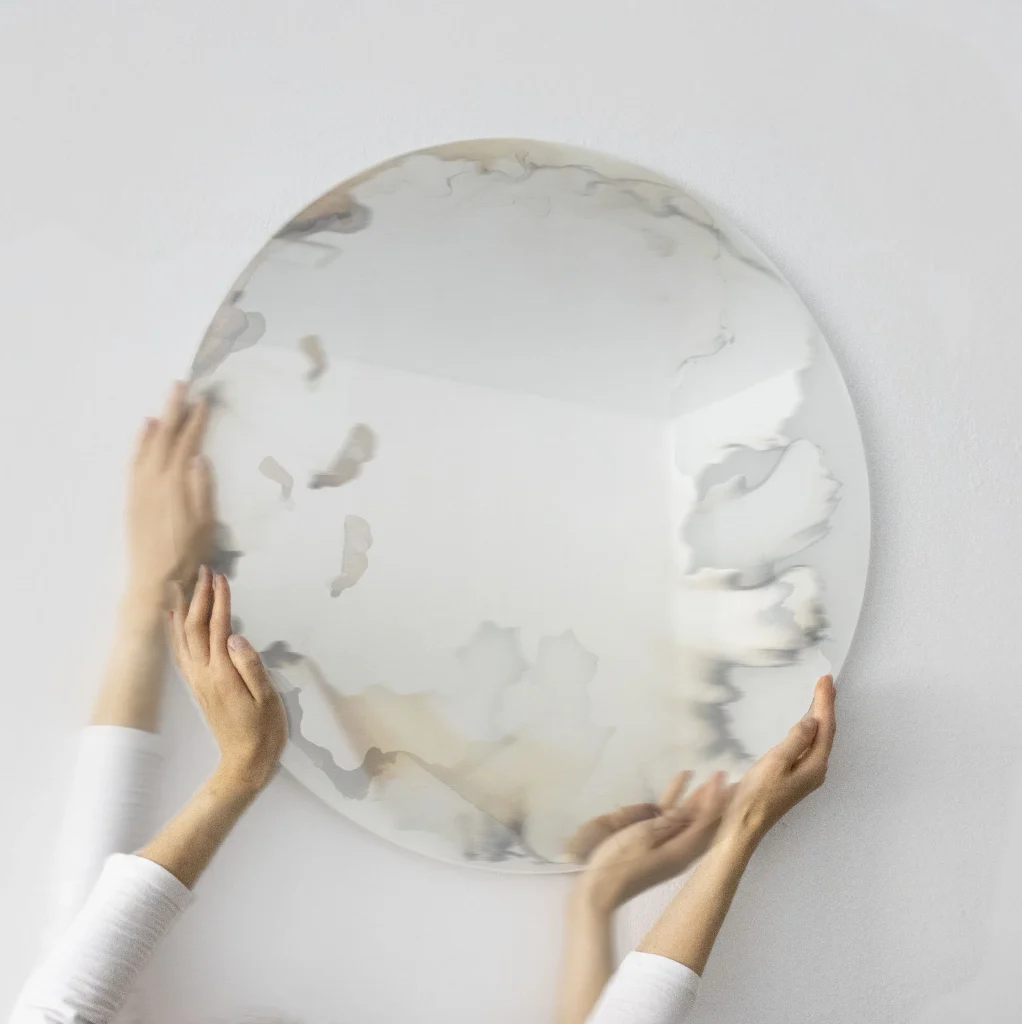

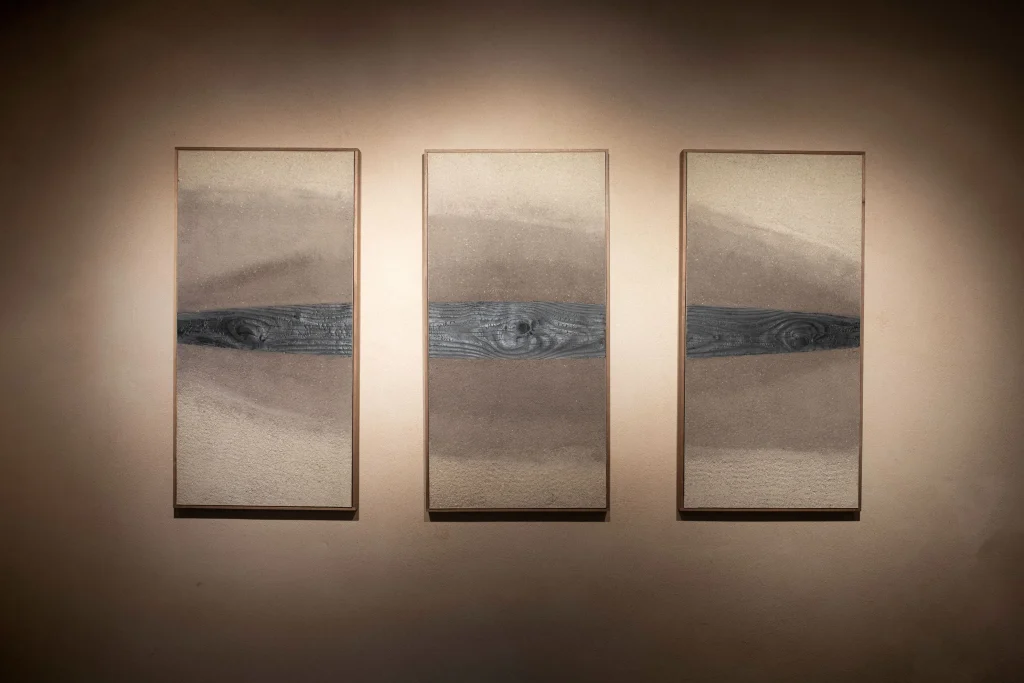

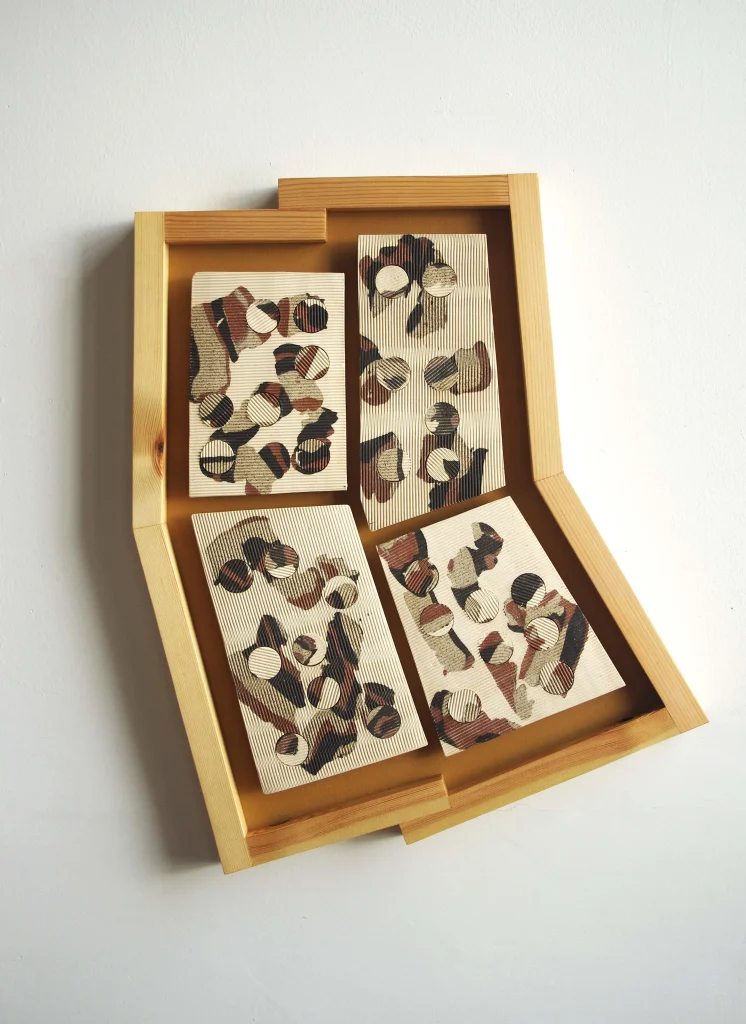

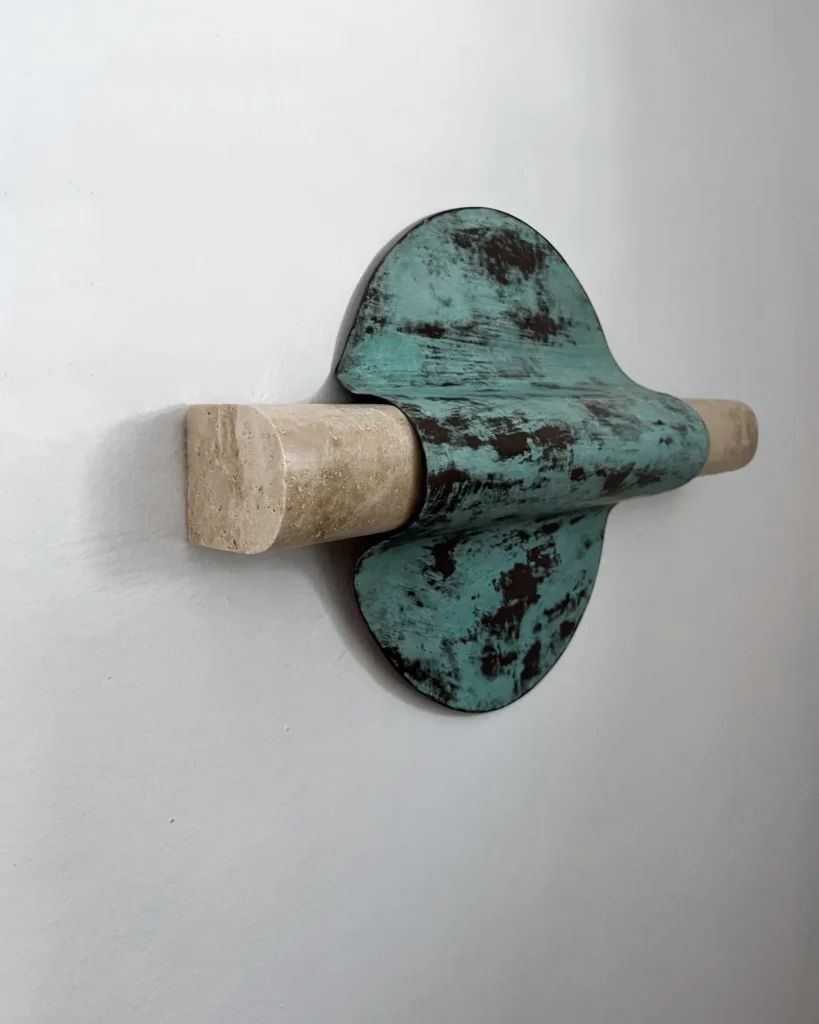

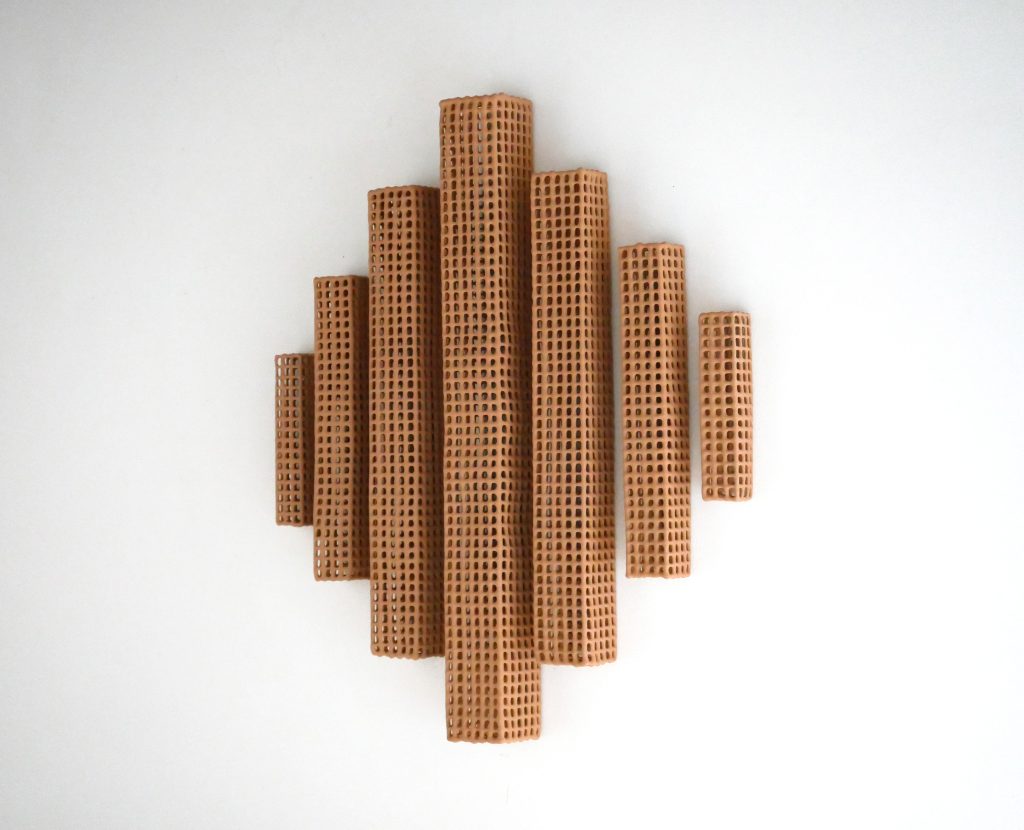

Material as Subject
Designers approach materials differently than fine artists. Materials are not vehicles for ideas. Materials are the idea. Experiments with wood, metal, textile, and composites generate forms through making rather than advance planning. You recognize the traditions and behaviors of materials, but see them used in new ways.
Your wall becomes a test site. The designer’s knowledge of fabrication techniques operates without ergonomic constraints, durability requirements, or functional performance metrics. A textile artist trained in furniture design explores weave patterns for visual rhythm alone. A metalworker focuses on patina and texture without worrying about structural loads.
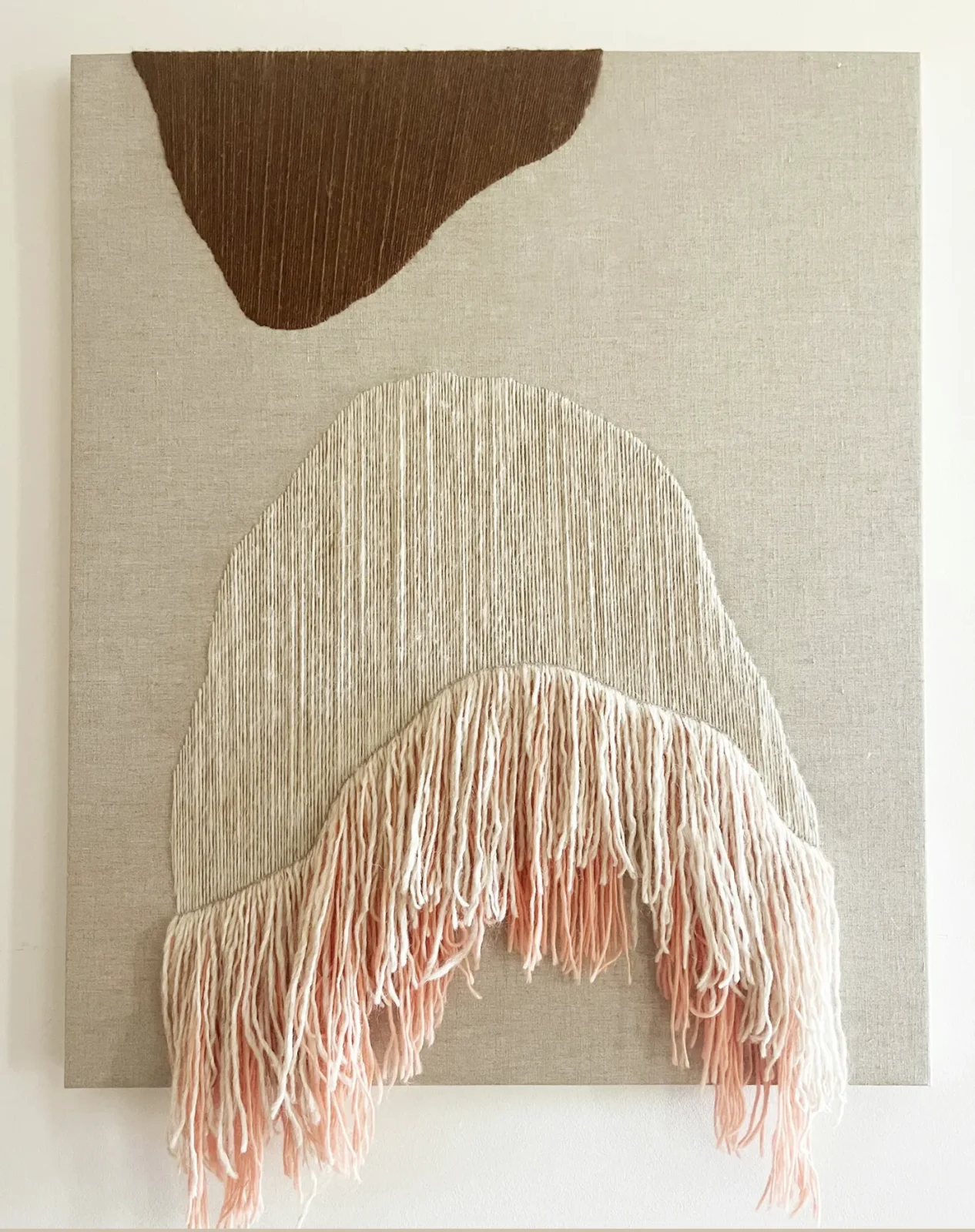

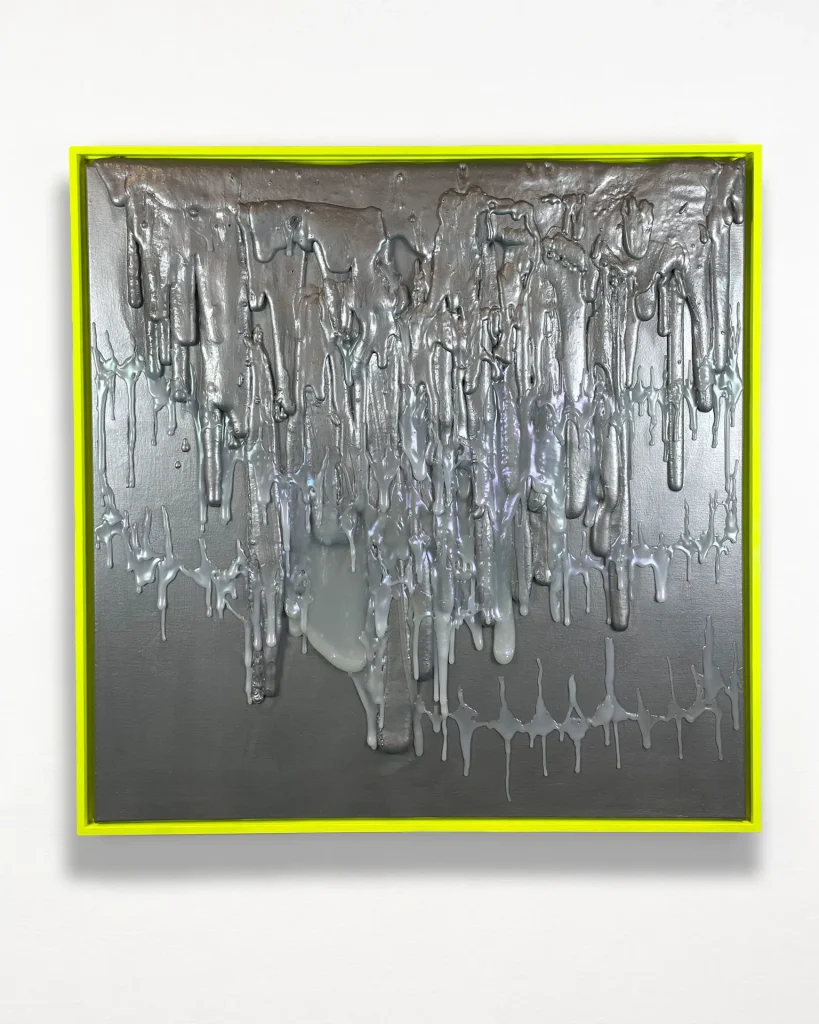

Expanding Interior Options through Wall Decor
This movement changes how you think about interior space. Paintings and framed works have dominated walls for specific cultural and economic reasons. As your relationship with objects shifts (valuing experience over possession, process over product), the wall opens to more materials and making processes.
Designer-made wall pieces offer something different from traditional wall art. They bring warmth from handwork, honesty from exposed materials, and intelligence from functional thinking. They suggest new approaches to decoration, materiality, and the relationship between art and life.
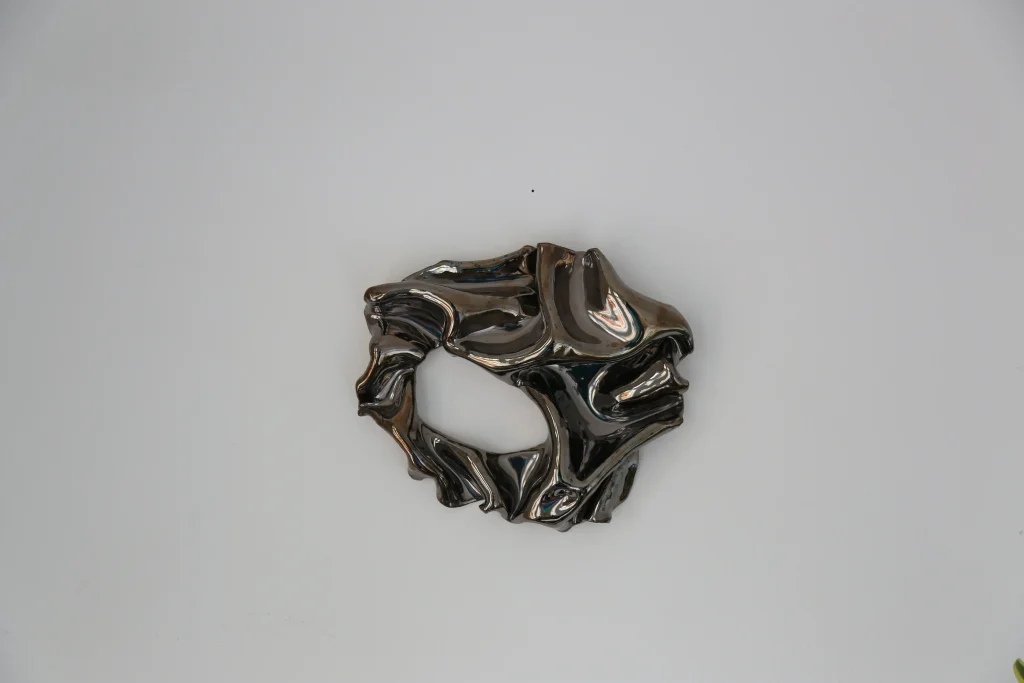

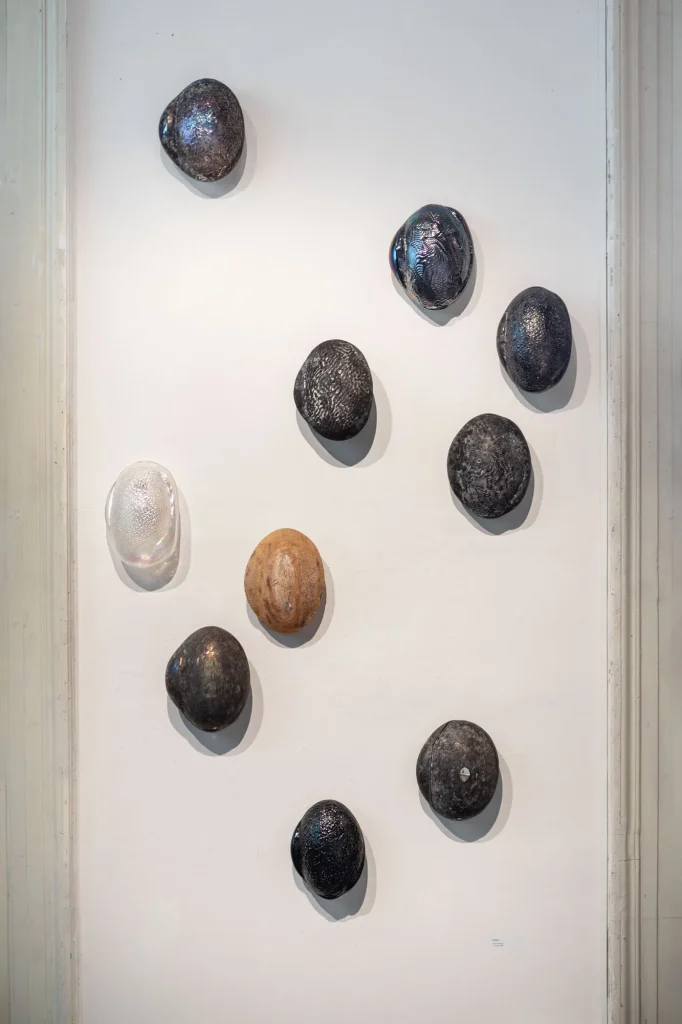

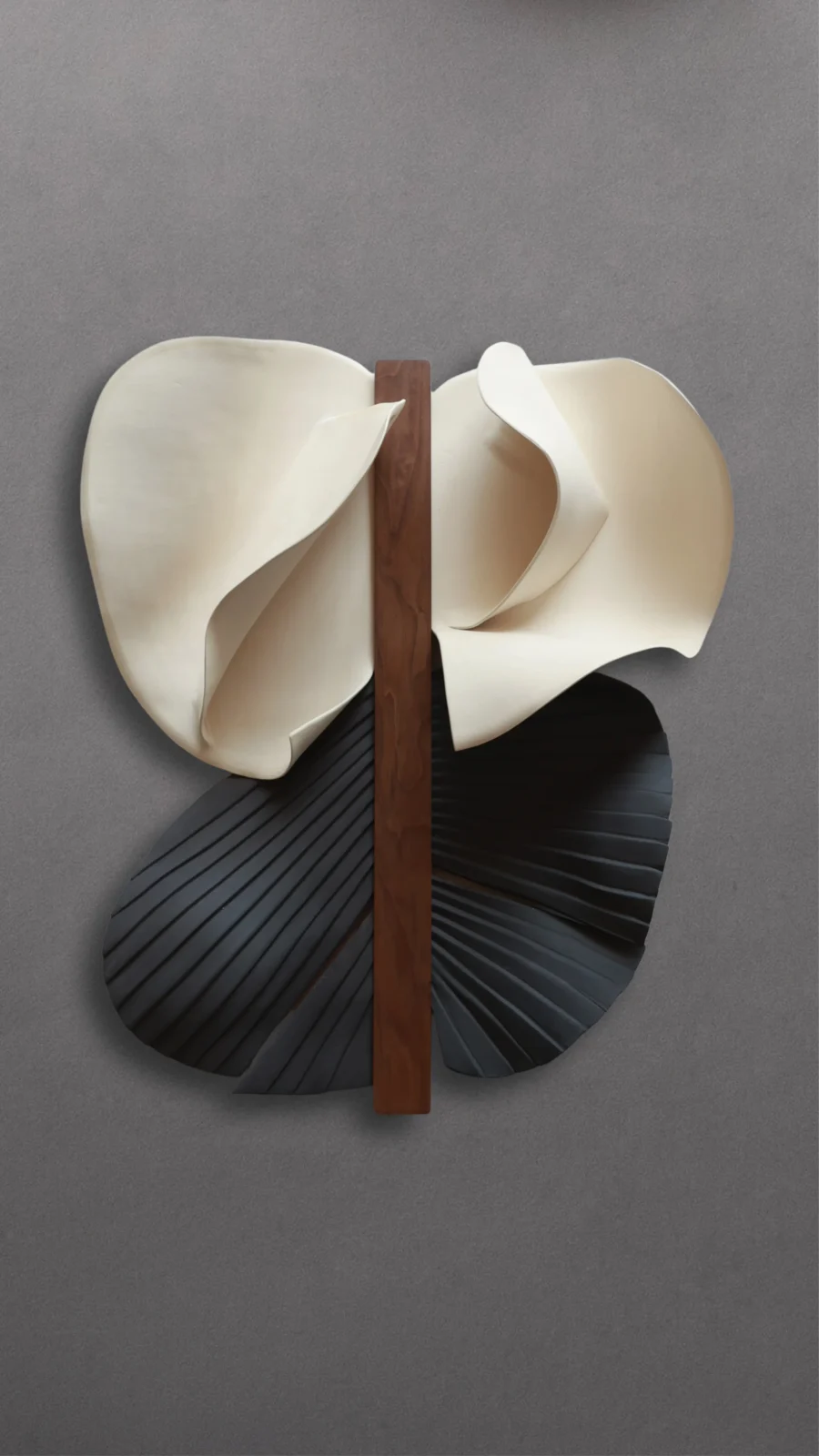

Design Thinking as Art Practice
The pieces in this selection show art born from design thinking. These pieces maintain the designer’s systematic approach to materials while embracing the fine artist’s freedom from function. Designers are not copying fine art strategies. They bring their own methods to the problem of creating objects for visual engagement.
This creates a category of wall-based work that feels both contemporary and lasting, both functional and poetic, both designed and artistic. By claiming wall space, design does not colonize art’s territory. Design transforms the territory. New materials arrive. New processes emerge. New ways of thinking about making and meaning develop. The wall stops being art’s exclusive domain. The wall becomes a meeting ground where disciplines merge and possibilities multiply.
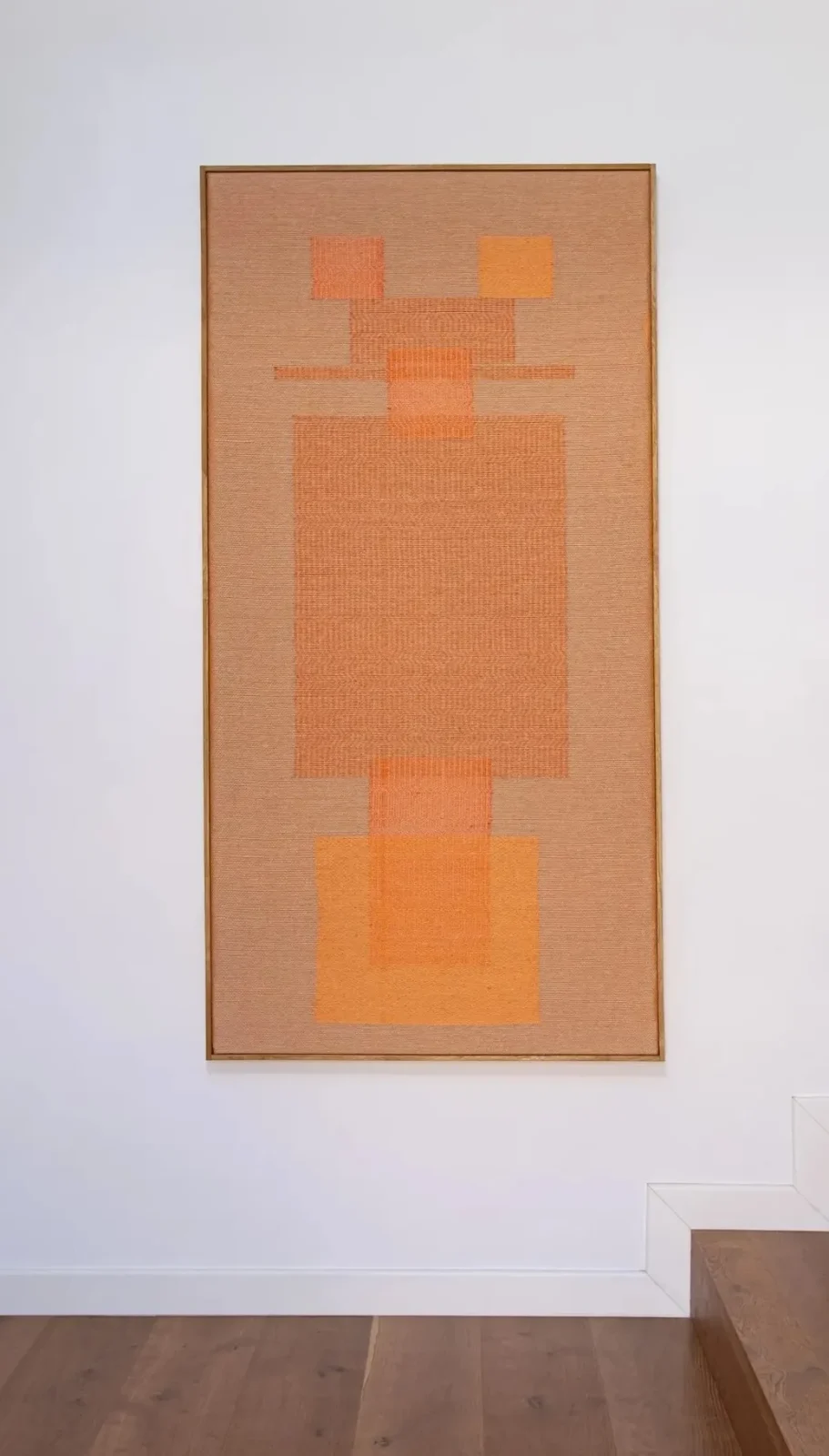

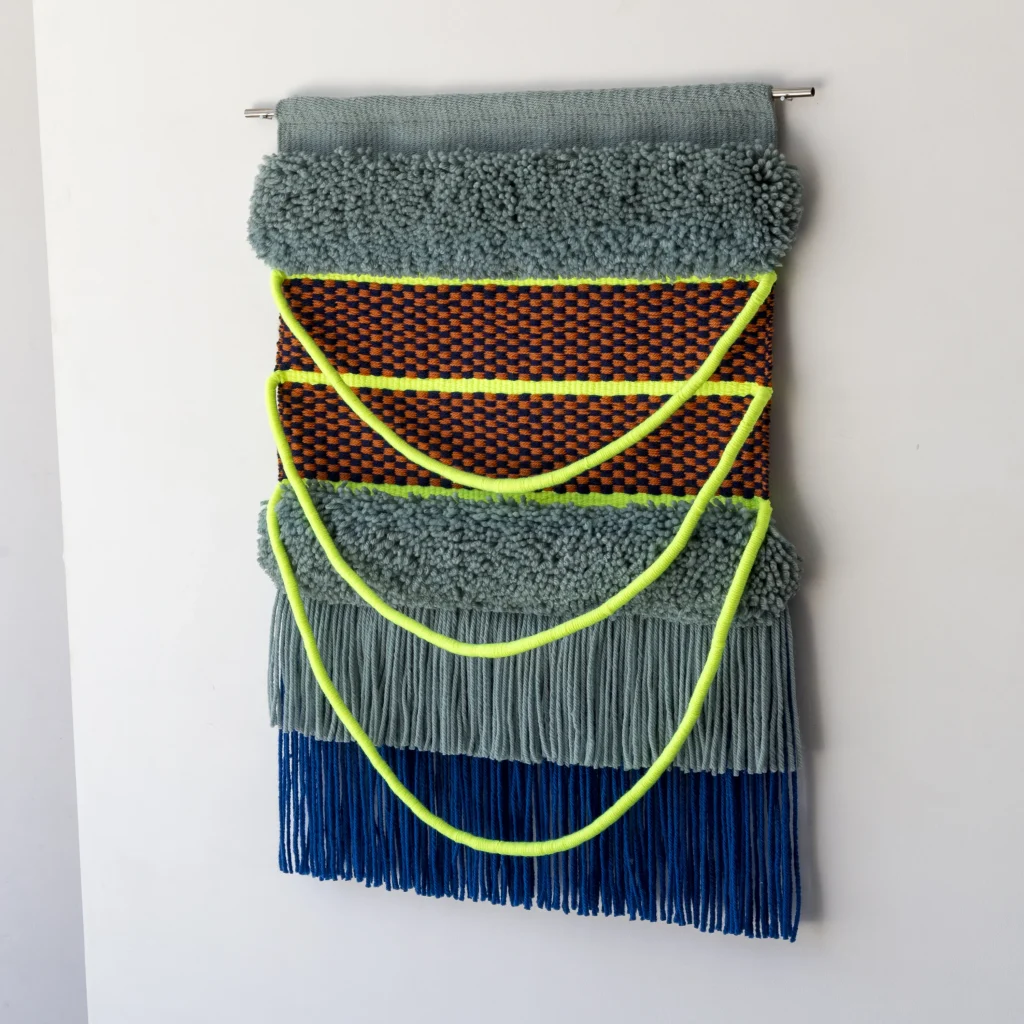

-

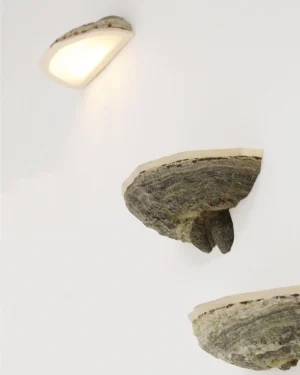 Ticka – Fungi Wall Shelf
Ticka – Fungi Wall Shelf -

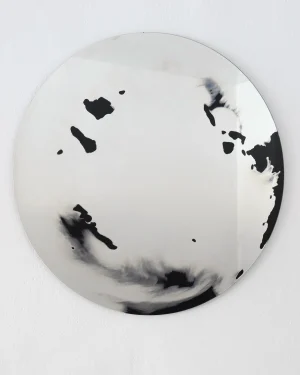 Float Mirror Black – Liquid Silver / Glass
Float Mirror Black – Liquid Silver / Glass -

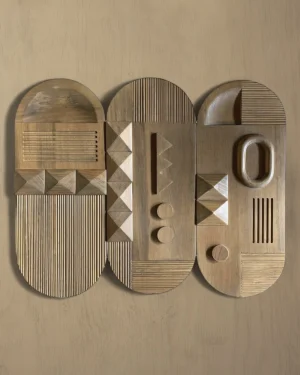 Planos Wooden Wall Art
Planos Wooden Wall Art -

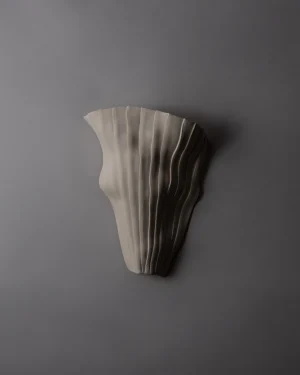 Tenderness – Ceramic Wall Sconce
Tenderness – Ceramic Wall Sconce -

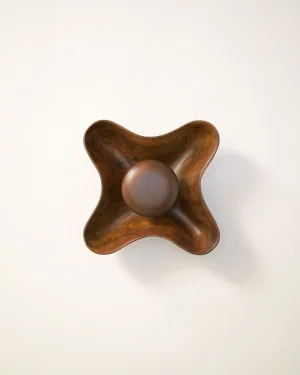 Compass – Teak Wall Light
Compass – Teak Wall Light -

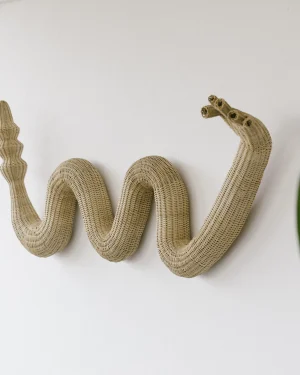 Artefacto Serpiente Ii – Woven Wicker Fiber Wall Sculpture
Artefacto Serpiente Ii – Woven Wicker Fiber Wall Sculpture -

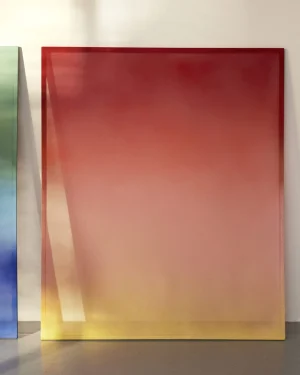 Hazy Horizon Red
Hazy Horizon Red -

 Pojagi N°3 – Handwoven Wall Art
Pojagi N°3 – Handwoven Wall Art -

 Elo Mirror 60×90 Cm – Hand Glazed Ceramic
Elo Mirror 60×90 Cm – Hand Glazed Ceramic -

 Elo Mirror 60×60 Cm – Hand Glazed Ceramic
Elo Mirror 60×60 Cm – Hand Glazed Ceramic -

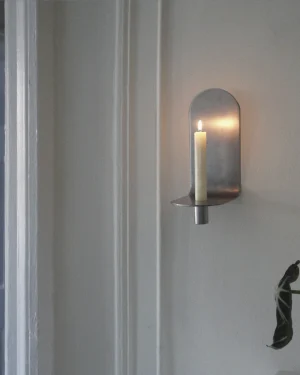 Wch001-11 Stainless Steel Candleholder
Wch001-11 Stainless Steel Candleholder -

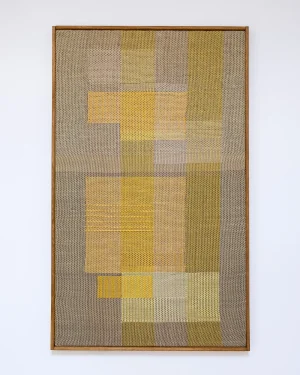 Spigolatura N°68 – Handwoven Wall Art
Spigolatura N°68 – Handwoven Wall Art -

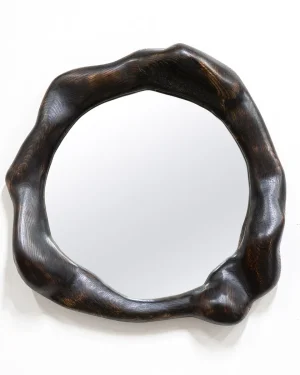 Sculptural Wavy Mirror In Charred Oak
Sculptural Wavy Mirror In Charred Oak -

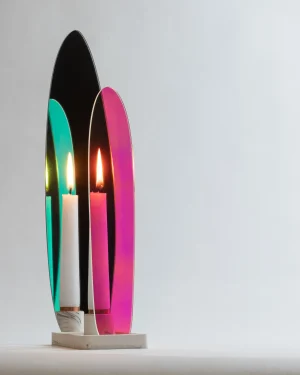 Dichroic Iridescent Candleholder Stick Onnda Flame: Filiform-Pink & Green
Dichroic Iridescent Candleholder Stick Onnda Flame: Filiform-Pink & Green -

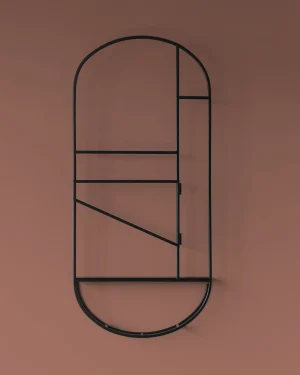 Foldwork – Valet – Wall Mounted Clothes Holder, Towel Rack, Coat Hanger
Foldwork – Valet – Wall Mounted Clothes Holder, Towel Rack, Coat Hanger -

 Multicoloured Plywood Calendar 2024
Multicoloured Plywood Calendar 2024
